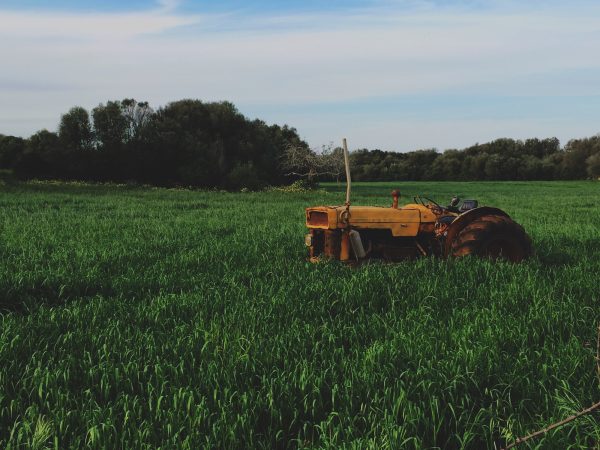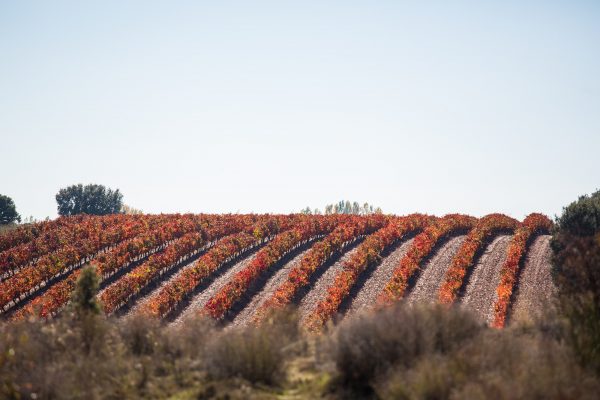The relationship between gastronomy and tourism has strengthened with the advance of post-Fordist tourism and increasing segmentation of the sector. In many rural areas, the fact that food has come to be seen as a form of heritage and a tourist draw is driving recovery of local agricultural species that were at risk of disappearing. The renewed role of these species leads to the recovery or updating of preparation methods that had almost been forgotten. Eating a local traditional dish or dining at local restaurants is increasingly seen as a not-to-be-missed experience when visiting a rural area. And the souvenirs visitors can take home may well include a local protected designation of origin wine, a local cheese, or any other kind of food product.
Heritage studies have identified this phenomenon and there is a growing body of academic literature that focuses on analysing the food heritage of a particular locality or region and looking at whether there is a symbiotic relationship with tourism (or how such a relationship can work). However, little academic attention has been given to how this phenomenon affects agricultural production models, which is the focus of this strand of research. Questions examined include: does interest in local food and cuisine lead to the revalorization of small-scale agricultural production, which is characterized by its diversity and the fact that it is the source of these local foods? Does the transformation of food into heritage and a tourist draw consequently act as a brake on the expansion of an agro-industry that tends to homogenize landscapes and foods? Or, on the contrary, can this phenomenon lead small-scale farmers to increase the space and effort they devote to producing foods of particular local interest to the detriment of more diversified production?






